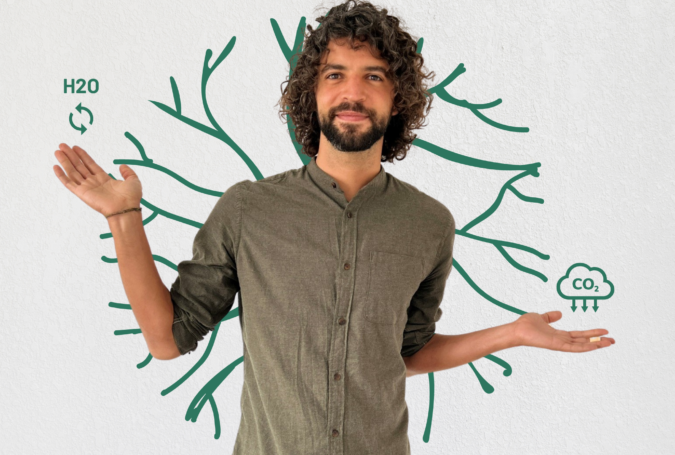Where do products come from, how were they produced and how climate-friendly are they? Transparency and sustainability are important competitive factors for manufacturers – and a cost factor, not just since the introduction of the CO2tax. There are numerous ecological, economic and social reasons that prompt companies to make their product portfolios more sustainable. An important step in this process is to determine and reduce the CO2 emissions generated by the products.
This is based on the product carbon footprint (PCF), which considers the emissions of a product or service over the entire product life cycle. It helps you identify the most significant emission drivers along the product life cycle. You can then use this knowledge to optimise your product development and procurement and reduce the product’s emissions in the long term.








